Margarine Once Contained a Whole Lot More Whale
And helped launch a corporation now worth more than $40 billion.

Once, the homes and streets of Europe were lit with whale oil, burning bright but smelling awfully fishy. In the 19th century, the whaling industry was a major force in the world’s energy markets, until oil wells started shooting up in Pennsylvania. As petroleum began to boom and kerosene became a popular lamp fuel, the world had surplus of whale oil, looking for a new market.
It went to the makers of margarine.
Margarine was invented in 1869, just as whale oil was on the verge of falling out of use as a fuel. To simulate butter, margarine must contain some kind of fat. That might come from a variety of vegetable oils—as in most margarines today—or beef fat. But in the first half of the 20th century, since whale oil was “no longer needed for illumination” and a “large amount became available,” as one researcher wrote in the 1960s, most of the world’s supply was being whipped into a spreadable butter substitute.
Today, whale oil is a taboo substance, its use restricted by international convention. “The interesting thing about whale oil as a commodity is that it’s the only known fuel that humanity has weaned itself off of,” says Charlotte Epstein, a political theorist at the University of Sydney, who has written extensively about whaling. “It’s the only source of industrial energy the human beings have successfully moved away from.”
Before we managed that, though, the whale oil industry poured its product into margarine, creating, in the process, a multinational company now worth billions of dollars.
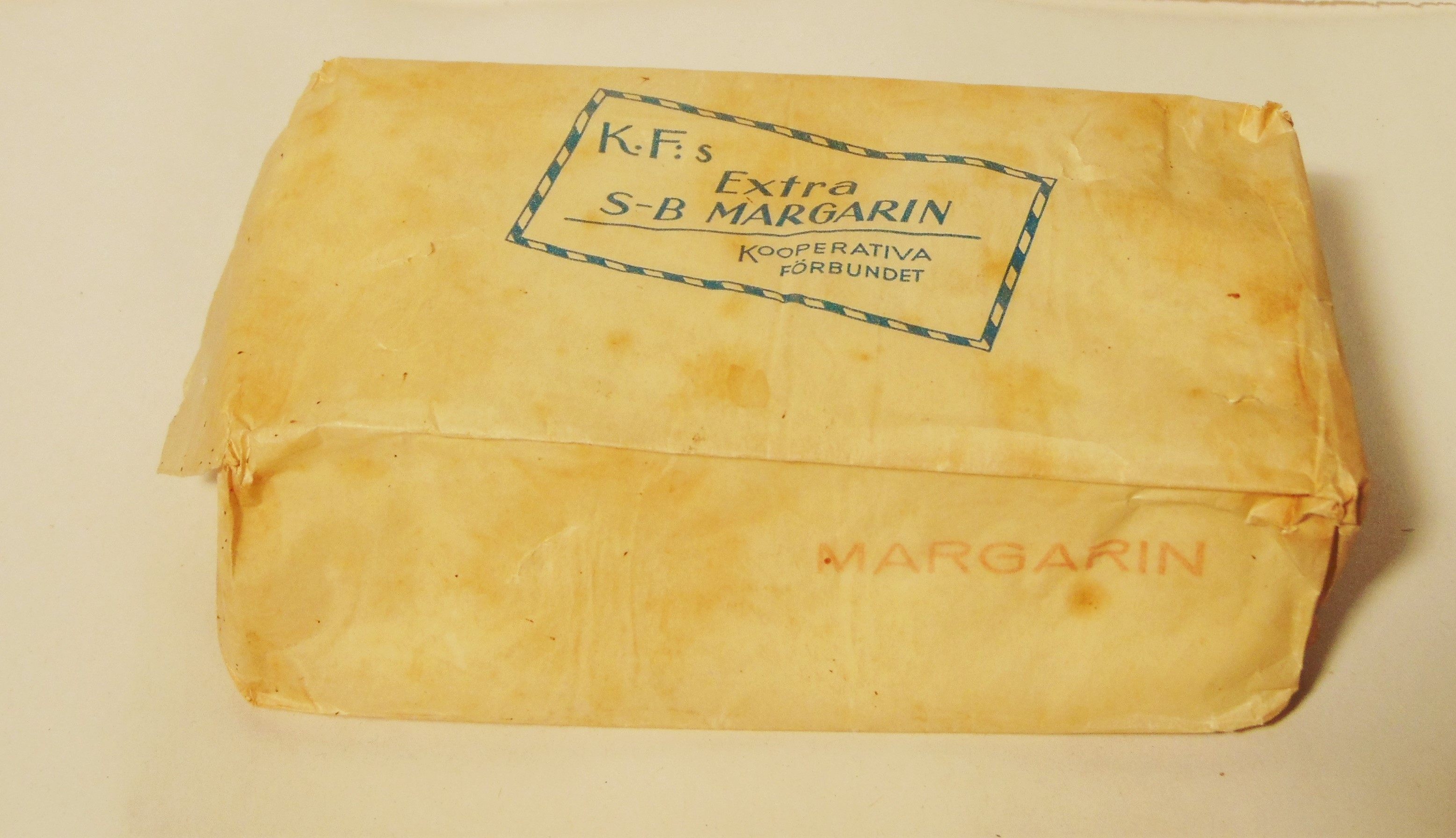
French inventor Hippolyte Mège-Mouriès first made margarine because there was money in it. Napoleon III, eager for a lower-cost replacement for butter—some sort of luxurious everyday fat for the lower classes and the military—offered a tempting cash prize to anyone who could come up with one. By purifying beef fat and then combining it with water, milk, and a little bit of soda bicarbonate—oh, and yellow food coloring—Mège-Mouriès was able to produce a solid, butter-like food substance.
The French did not exactly take to this new product, but it grew popular in other parts of Europe. “Before World War I, the manufacture of margarine exceeded that of butter in England and Scotland,” Epstein notes in her book, The Power of Words in International Relations: Birth of an Anti-Whaling Discourse. “Nobody ate more margarine per capita than the Danes, Norwegians, and Swedes,” according to Norwegian historians Pål Thonstad Sandvik and Espen Storli. In Britain, margarine reached peak consumption per person in 1929 and 1930, while in Germany, per capita consumption of margarine was close to 17.5 pounds year in 1930. At that time, as The History of Modern Whaling reports, whale oil was “the cheapest of all edible oils”—a natural economic choice for margarine production. (It could, however, leave the margarine with a “fishy taste.”)
On top of the declining market for other uses of whale oil, the whaling economy was very volatile, which led to surpluses. “It’s quite easy to turn a big boat into a whaling boat. As soon as the price of whale oil would start shooting up, everyone would get into whaling,” says Epstein. “As soon as the prices dropped, that’s when you had a huge amount of whale oil.”
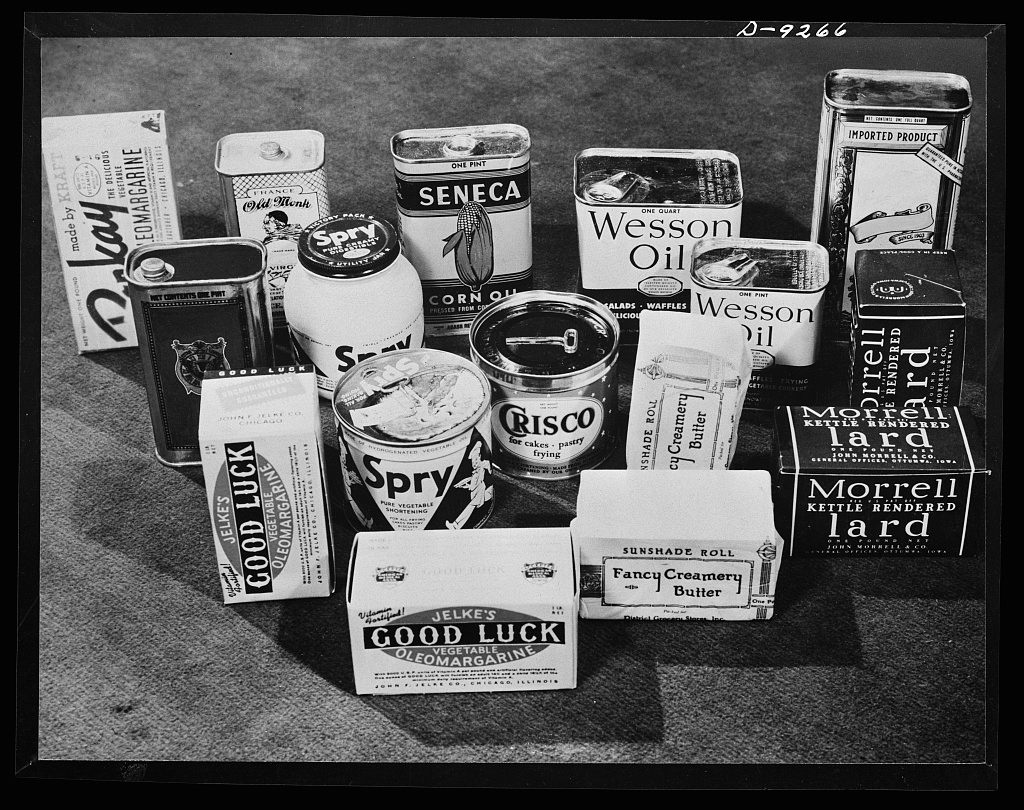
Margarine manufacturers swept in to buy it up at low prices. In 1929, as Epstein writes, two companies—Lever Brothers, a British firm, and Margarine Unie, a Dutch company—discovered how to improve the chemical process used to harden whale oil into a margarine ingredient. As a result, margarine could be made with whale oil as its only fat. Rather than competing, the companies quickly merged and became Unilever, today one of the world’s top companies, valued at more than $40 billion and responsible for everything from Axe Body Spray to Ben & Jerry’s.
Unilever became “the world’s largest purchaser of oils and fats,” Sandvik and Storli write. By 1935, 84 percent of the world’s whale oil was going directly into margarine. Unilever bought up all the whale oil that Norway produced, for instance, and sent it directly to its factories in Germany.
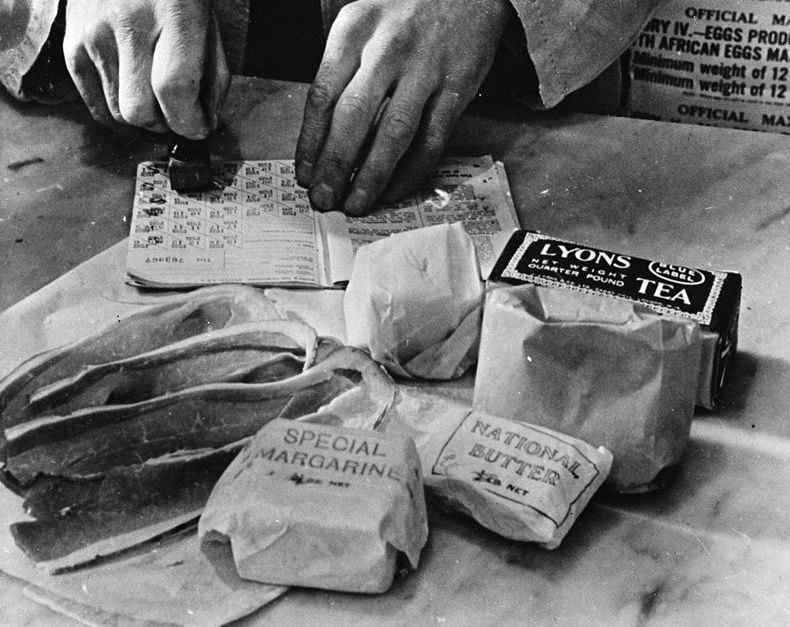
As tensions in Europe increased, though, whale oil became an increasingly contested commodity. In the years leading up to the war, the product had become a major part of the food supply in Britain, and in 1938 the British government named it a “national defense” commodity. (Beyond its use as fuel and food, whale oil was also made into soap, used as motor lubricant, and helped protect soldiers from trench foot in World War I.) “That tells you how important it was,” says Epstein. “It was a matter of national security.” Nazi Germany once sent an expedition all the way to Antarctica in search of whale oil to make margarine.
But once the war was over, the importance of whale oil in margarine production began to decrease, and the ethical concerns about whaling started to escalate. The whaling industry crashed so badly that General Douglas MacArthur encouraged Japan to buy up boats for cheap and start up a whaling economy there. At the same time, margarine producers had figured out how to make it cheaply with vegetable oil and phased out whale oil as an ingredient. Today, the only fishy thing about margarine are any claims about its health benefits.
Gastro Obscura covers the world’s most wondrous food and drink.
Sign up for our regular newsletter.





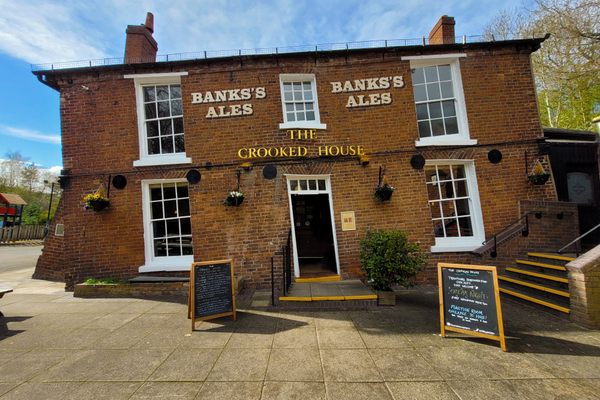
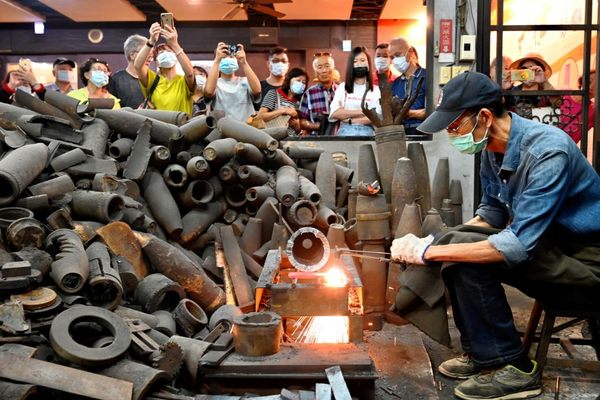






























Follow us on Twitter to get the latest on the world's hidden wonders.
Like us on Facebook to get the latest on the world's hidden wonders.
Follow us on Twitter Like us on Facebook